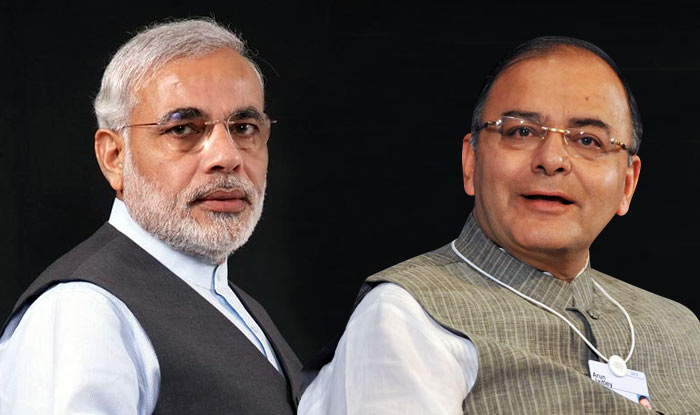It has been a year since the implementation of GST and there have many positive implications of its implementation. As the government had said earlier, the current system of GST is a premature one, and changes will be made in the GST Network framework as per the feedback from the industry and government bodies. In the last one year, the Modi government has been made aware of tax evasion under reporting of sales. To combat tax evasion and underreporting of sales, the GSTN is using data analytics. Ajay Bhushan Pandey, Chairman of GSTN, said “it is time to leverage the large amount of data generated over the past one year to check for tax evasion, Since all the processes are online, we have centralized data that is easy to analyze and search for discrepancies.”
In the last one year, GST has also been helpful in improving the direct taxpayer base because GST tracks business turnover, thus it has created an incentive for the GSTN to collect data about the income of business owners. Senior BJP leader Arun Jaitley said in a Facebook post that “The implementation of GST as a single consolidated tax has had a significant impact even on direct taxes. Those who have disclosed a business turnover for the GST now find it difficult not to disclose their net income for the purposes of income tax. Last year, the impact of GST on direct tax collection was not visible. Since GST had been imposed in the middle of the year, it will be more apparent this year. The first big news for this year is that the advance tax deposit during the first quarter of this year has seen a gross increase of 44% in the personal income tax category and 17% in the corporate tax category.” GST is an indirect tax which operates on the model of ‘One Nation, One tax’, and has brought homogeneity in the market across the country. Therefore, an indirect tax being helpful in improving the direct tax base is a ‘positive spillover effect’ of this law.
Some small shopkeepers are still struggling to understand and implement GST. As per the feedbacks from them, the government should take corrective measures so that every small to big trader, manufacturer, service provider can come under framework of GST. The implementation of GST has some very positive implications for the economy of the country, ranging from lower consolidation of warehousing and lower transportation timing to move goods from one place to another.
The Number of direct taxpayers increased from 6 million to 10.6 million in fiscal year 2017-18. The exponential increase in the number of direct taxpayers was primarily due to demonetization, GST and other measures taken by the Modi government to curb black money and formalize the economy. The tax to GDP ratio improved by 1.5 percent in the last four years under the Modi government. India has the lowest Tax to GDP ratio among BRICS countries.
As we can see from the data given above, most of the developing countries have low ‘tax to GDP ratio’. In order to move from a developing nation to a developed one, a nation has to increase its citizens’ tax compliance. If Tax to GDP ratio is low, a country cannot afford to provide basic amenities like health and education to its citizens. Universal access to these primary needs is required to build human capital and improve the standard of living. India is planning to introduce Universal Healthcare through the National Health Protection Scheme (Popularly known as “Modicare”). The increased ‘tax to GDP ratio’ means that more money goes directly into government coffers. This money could be helped to make India a welfare state of the kind that Deen Dayal Upadhyay had dreamt of.
